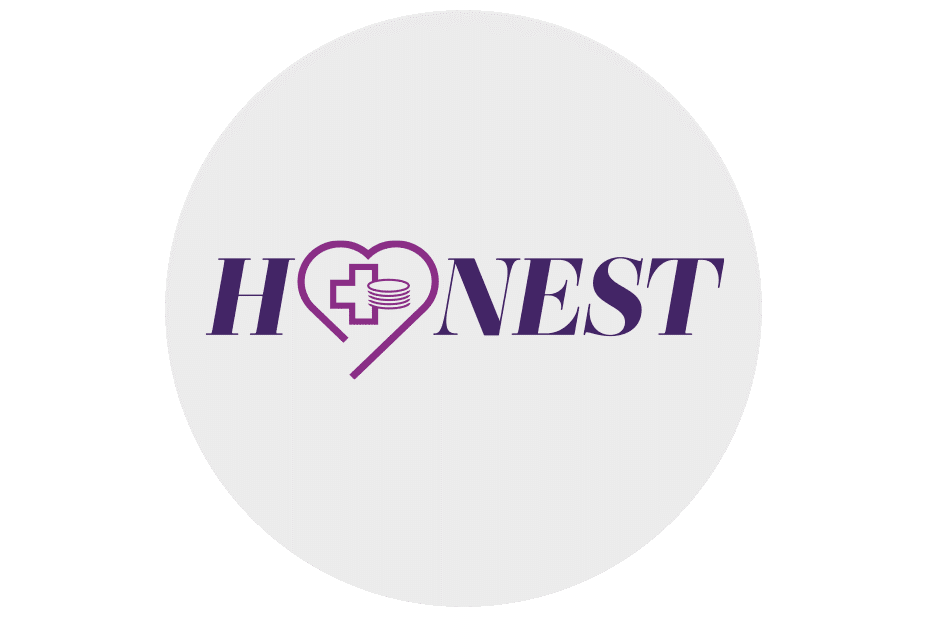
HONEST (English version)
Title
The Effects of wages on patient safety outcomes
Project Management
Jana Bartakova
INS-Team
Michael Simon
Jana Bartakova
External Partner
Ulrike Muench (University of California), Olga Endrich (Inselspital Bern), Michelle McIsaac (WHO )
Location of Data Selection
Switzerland
Duration
2022 - 2024
Description
Background
In Switzerland, healthcare costs account for 11.9% of gross domestic product, ranking Switzerland second only to the US in terms of per capita healthcare costs. More than 50% of this money goes to hospitals, where one of the leading cost categories is professional remuneration.
The hospital setting in Switzerland, where wages can differ widely, is attractive because it enables an examination of the impact of wages on patient safety. We would expect that once wages differ between hospitals, it will cause differences in recruitment and retention, especially of well-trained workers, as satisfactory wage is a known significant factor in job-seeking behavior and is important in keeping hospital workers in their current positions. Lacking well-trained workers in turn should lead to worse service quality and thus to worse patient safety. Current research has shown that hospitals with well-trained nurses, appropriate nurse staffing and safety-oriented work environments have better nurse and patient outcomes. However, many researchers fail to account for wage effects, the neglect of which may confound findings. The impact of wages on patient safety is an innovative and relevant area of research. The HONEST study relates to the literature on the relationships between economic conditions such as business cycles and inpatient health and mortality.
Objectives
Aim 1: To describe physician and nurse wages in Swiss hospitals and to identify their main drivers.
Aim 2: To assess the association between physician and nurse wages and patient safety.
Aim 3: To conduct a cost-effectiveness analysis (CEA) and budget impact analysis (BIA) of hospitals’ investments in nurses’ and physicians’ wages.
Design/Method
We will use data from The Swiss Federal Statistical Office (FSO), years 2014-2020. We will access two datasets: hospital statistics and medical statistics. To test our hypothesis (aim 1, 2), we will use regression analyses with the wage per full-time equivalent as dependent variable. Independent variables are: hospital type, teaching status, service line, number of beds, technological equipment, cantons, language region percentage of employees who are female and incidences of patient safety indicators.
We will adjust the analyses as necessary for hospital-level characteristics and individual patient characteristics as possible confounding variables. As the dataset is large, we will also use Generalized Additive Models to adjust for clustering effects. Besides regression analysis, to explore the uncertainty of the resulting estimates, we will also perform Bayesian analysis.
Finally, we will calculate CEAs and BIAs regarding various investments in nurse and physician wages from the hospitals’ perspective (aim 3). The time horizon for CEAs will be one year and for BIAs five years. The effects will be patient safety outcomes. One-way sensitivity analysis and scenario analysis will be used to gauge our predictions’ level of uncertainty.
Expected Benefit / Relevance
Our study will facilitate transparency regarding hospitals’ staff budgets and the results will also help to optimize investments in health systems in order to reach the Sustainable Development Goals (SDG) 3 healthcare objectives set in 2015 by the United Nations General Assembly. Moreover, in relation to Switzerland’s recently revised Gender Equality Act and the United Nations SDG 5 target (gender equality) the proposed study’s equal wage analyses will attract a broader audience.
